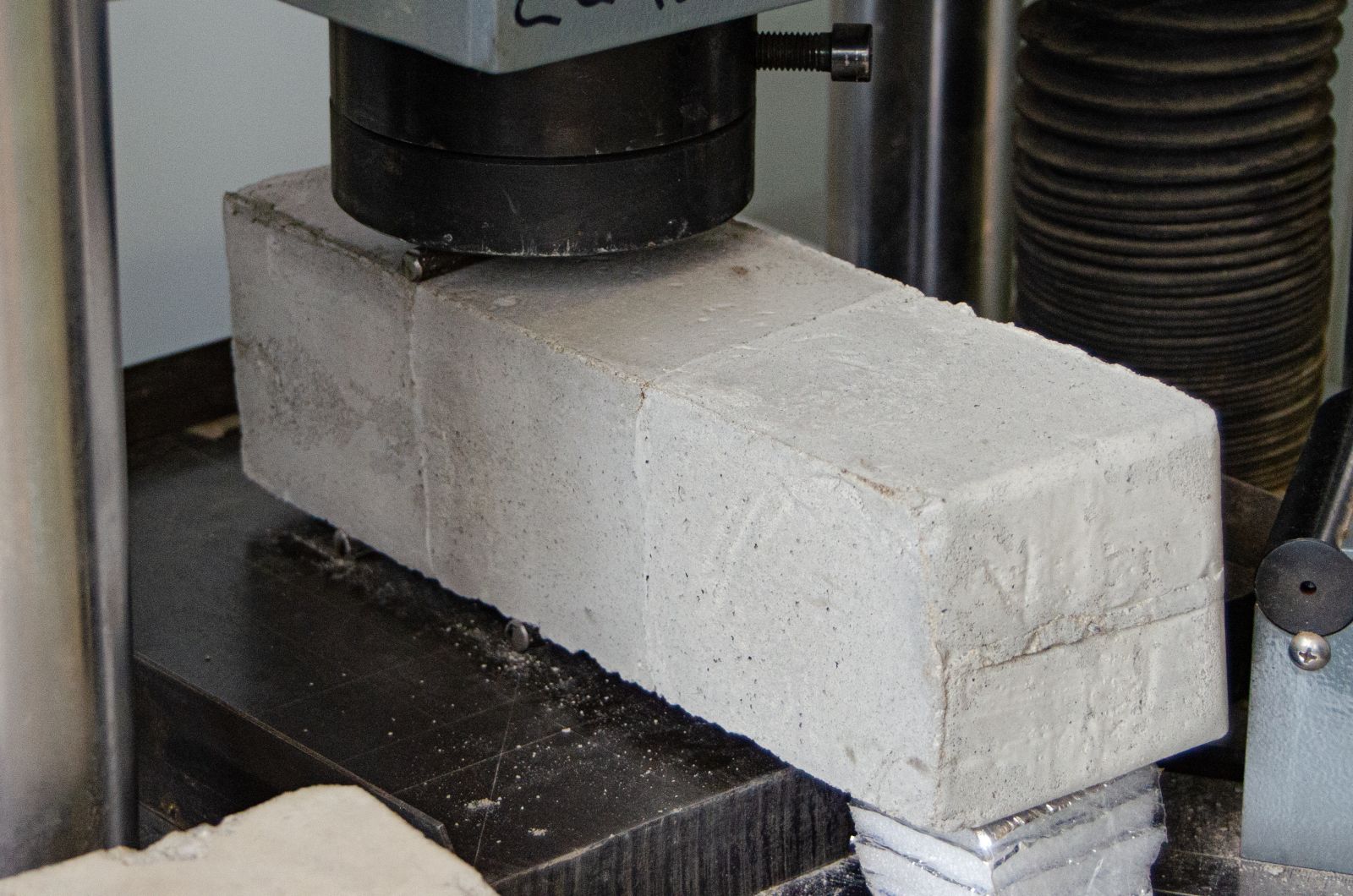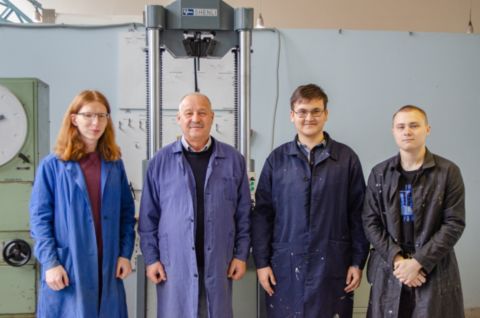Solid domestic waste landfills, slag from mining and processing plants, and repositories of solid and liquid nuclear waste – all of that could be placed underground, in concrete bunkers, down to one hundred meters deep. This bold idea has been proposed by scientists from South Ural State University.
Staff members of the Department of Building Technologies and Structural Engineering of the SUSU Institute of Architecture and Construction have developed a unique technology for construction of underground facilities using a method of descending concrete, for storage or isolation of hazardous waste. This method allows to work to the depth and width of 100 meters, and build underground production facilities with the capacity of 1 million cubic meters. The technologies called "Top Down", "Diaphragm Wall", and "Sunk Well", currently existing in the world, can help reach down to over 25 meters underground, but with every next meter they become more and more technology- and cost-ineffective.
"Our technology is based on the methods patented by SUSU: "Method of Descending Concrete" and "Method of Construction of a Multistorey Underground Facility". It is more advanced than all the methods of monolithic construction available in the world. It's like with the supersound technology!" shares Head of the teaching laboratory Tagir Khafizov. "We're suggesting an idea, a new paradigm of the humanity's development: to live in harmony with nature, and move all technogenic waste underground, where it could be either immediately processed, or isolated till the times when new treatment technologies are created."

The Chelyabinsk researchers support their idea with the basic scientific method of descending concrete, which is significantly cheaper and more advanced than all the available methods of underground construction. A pit is excavated, then formwork is installed (also an invention by the SUSU scientists), and then along the special "rails" a reinforced concrete wall "grows" downwards. It is completely waterproof, and cannot be damaged by any technogenic impacts (explosions or earthquakes). The Urals specialists have proposed a ready-for-use concept of the technology of an underground complex for waste management with the functions of waste separation, incineration, and disposal of solid domestic waste. The complex is intended for the processing of solid domestic waste from a city with the population of over one million people, and will be operating autonomously 24/7 in an automatic mode under AI control.
"The Soviet times have left us a garbage heritage: they excavated a pit, filled it with garbage and, in the best-case scenario, covered it with soil and planted trees there," says Tagir Khafizov. "It might look nice. But just imagine a festering sore that you simply put a band-aid on. Earth is a living organism, and we can't endlessly stuff it with our waste and poisonous substances. So, we suggest a variant: to create an underground complex near the already existing dump, and place the processing or waste-incineration facilities there. We should be processing not only the newly-generated waste, but the old deposits as well. And the waste, which we yet cannot dispose of, should be isolated in reliable leakproof facilities and stored till better days."
.jpg)
In their teaching laboratory, the Chelyabinsk scientists built an experimental unit and performed a series of research tests there. They are ready to offer their technology for the construction of isolated underground facilities to ore mining and processing plants and nuclear industry enterprises.
"Already academician Sakharov proposed to build nuclear stations underground," says Professor, Doctor of Sciences (Engineering) Sergey Denisov. "Heaven should be in heaven, and hell – in hell! We'd like to reduce the impacts on our nature. For 300-400 years now the humanity have been mining minerals, leaving behind cuts, pits and slag yards. We have described a different paradigm. We say: OK – if we're going to take something, then let's put something back, too. But we should isolate this place. So, we have forecast a "chessboard": first we work on the light squares, and then the dark ones, in compliance with the technology. We mine one million cubic meters here, hand them over for processing, and we should return them practically to the same place. When we have mined all ore at a certain area, it should be completely sealed with concrete. Then we should install the equipment and top it up with soil. When 100-200 years later new technologies arrive, people will be able to extract more minerals here."
The SUSU scientists hope that not only investors from Russia, but from around the world as well will show interest in their breakthrough technology. The discrepancies between business and society, and between biosphere and technosphere have reached the limit. We are running out of free space. Placement of hazardous productions near settlements is being criticized by ecologists and opposed by the population. The technologies proposed by the Chelyabinsk researchers can become a revolution in cleaning of the territories and can help reduce the threat of the environmental collapse.




